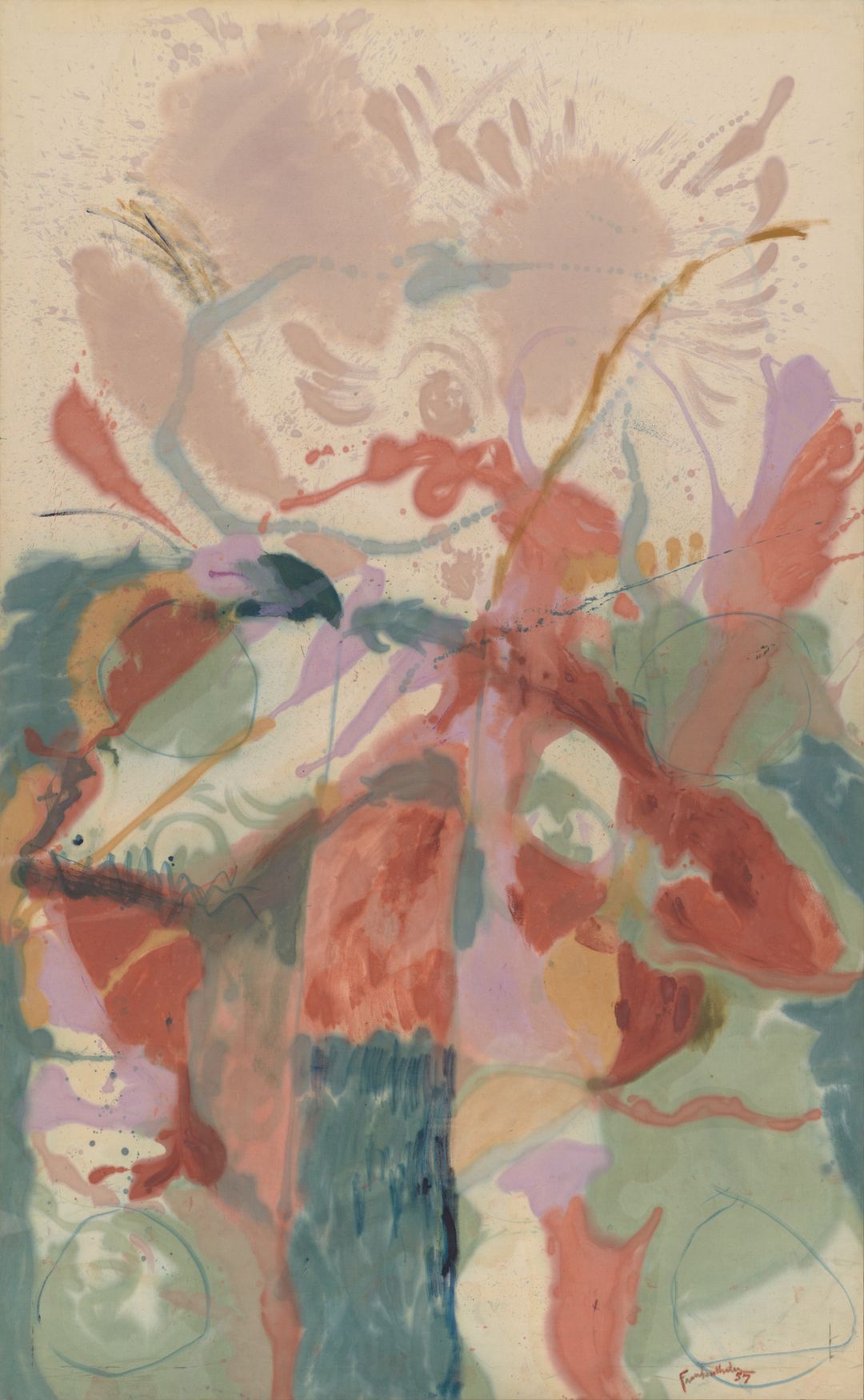
This week many of us will sit around a table of thanksgiving with family and friends. It is an opportunity to reflect on a world that is other than we might wish it to be and to imagine the possibilities nurtured by hope.
An examination of the Thanksgiving story can lead to a sense of pride (the creation of a community based on a compact of mutual accountability and responsibility, the seeding of self-government, the perseverance through seasons of hardship), and it can lead to a sense of cynicism (the treatment of the Wampanoag tribe, their massacre in 1637 by the settlers, the beginning of broken treaties). How to read the story?
Parshat Vayetzei is a tale of Jacob’s journey. Is it about Jacob frantic flight from his parents’ home, fearful that his brother Esau wants to kill him for tricking their father in to giving Jacob a blessing due Esau? Or does it describe Jacob’s calm and joy-filled departure toward a bright future with the promise of marriage, children and wealth?
At the beginning of his journey Jacob has a dream. A ladder with angels going up and down it, and God standing by Jacob. Jacob can appear either in rapt awe of the experience (“How awesome is this place!”) or as a cynically transactional individual (“If God gives me bread and clothing, then Yud Hei Vav Hei shall be my God”). How to read the story?
Helen Frankenthaler was one of the great Abstract Expressionists. Pictured here is her work Jacob’s Ladder. She took a large canvass, about 9 ½ by 5 ½ feet, and placed it on the floor. She poured thin oil paint on it, allowing the paint to soak into the canvass. The canvass begins with a horizontal orientation, positioned on the ground. As a finished piece, it rises in a powerful vertical orientation.
Colors populate the bottom half. The upward trajectory resolves in paler descriptions of…flowers perhaps? Which is the richer dimension? About the work Frankenthaler said, “The picture developed into shapes symbolic of an exuberant figure and ladder, therefore Jacob’s Ladder.”
As diluted as the medium that Frankenthaler used is, especially compared to that employed by other Abstract Expressionists, there is in the image powerful hope. There may be ascension, separation from the earth, but the power at the canvass’ base reminds us that the trajectory of travel in Jacob’s dream is a return to earth. Where crops grow and herds graze. And people, in all their complexity, live.
Rabbi Jonathan Sacks wrote in his book Dignity of Difference: “Faith in Judaism means seeing the world exactly as it is and yet not giving up the belief that it could be otherwise, if we are ready to act with others to make it so. Faith is realism that has been touched by hope. And hope has the power to transform the world.”
Where to find hope in this world? One place is in the faces and embrace of those with whom we give thanks this week.








